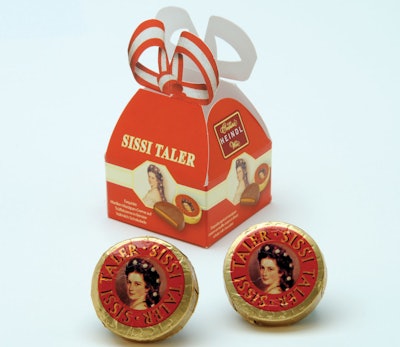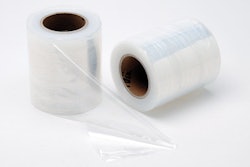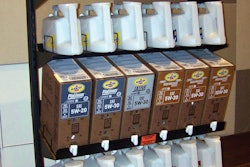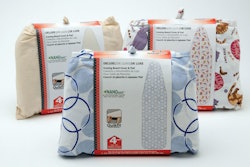Moneta S in Ruzomberok, Slovak Republic, focuses on producing thin, economic flexible packaging materials and various boxes for the confectionery and dairy markets, and printing those structures on rotogravure and flexographic presses. Its work with confectionery firm Walter Heindl GmbH, Vienna, Austria, earned the company a Gold award for Packaging Innovation.
Heindl uses Moneta S’s Yango high-density polypropylene twist material and Yango AL aluminum foil material for its main product lines that are wrapped in aluminum foil, according to Katarina Magyarova, Moneta S’s marketing director. Heindl could not be reached for comment as this issue went to press.
Moneta S uses the term Yango to describe its packaging materials as a tribute to the late Yan Sramko, whom the company describes as “a brilliant and talented designer and painter [who] was inventive, eclectic, and passionate about creating perfect packaging designs for our clients.”
In the confectionery market, Magyarova notes, aluminum foil packaging is used for chocolate figurines and other chocolate products that are sold individually wrapped, without secondary packaging.
In May 2009, Moneta S developed the technology to rotogravure-print on 3-micron biaxially oriented polypropylene (BOPP) film in eight colors. Its Yango AL is reverse-printed and laminated with 7-micron foil that allows for the printed side of the aluminum foil to be in direct contact with the food.
Magyarova explains, “The 3-micron is designed so that the foil won’t lose the dead-fold properties since it is the very thin material of only 2.7 grams-per-meter square, which aluminum foil takes as a lacquer. It is very important for the aluminum foil material to have strong dead-fold properties. The unsupported aluminum foil has the perfect dead fold, but once it is laminated with oriented polypropylene or paper it significantly loses those properties. In developing the material we had to find the balance to avoid the BOPP impact on the foil.
“We started with 10-micron film, which was the lowest possible thickness that was allowed in our printing line by the manufacturer, but it was not workable since the packaging did not wrap the product tightly enough due to the dead-fold impact of the BOPP layer on the foil. Therefore, we decided to adjust our printing machine to be able to print the lightest possible material that is available on the market, which is the 3-micron BOPP film,” she says.
The BOPP layer also delivers strength, tearing protection, and prevents scratching of the foil. That provides waste reduction and extra protection to the product. That tearing strength also allows for higher-speed packaging machinability.
By going to thinner films, Magyarova notes, “The reduction in thickness in per-meter square cost is 40-percent cheaper than producing the 14-micron printed aluminum foil. And the reduction in weight brings significant and immediate reduction in waste,” says Magyarova. “It is very important to all of our customers to protect the environment.”



























